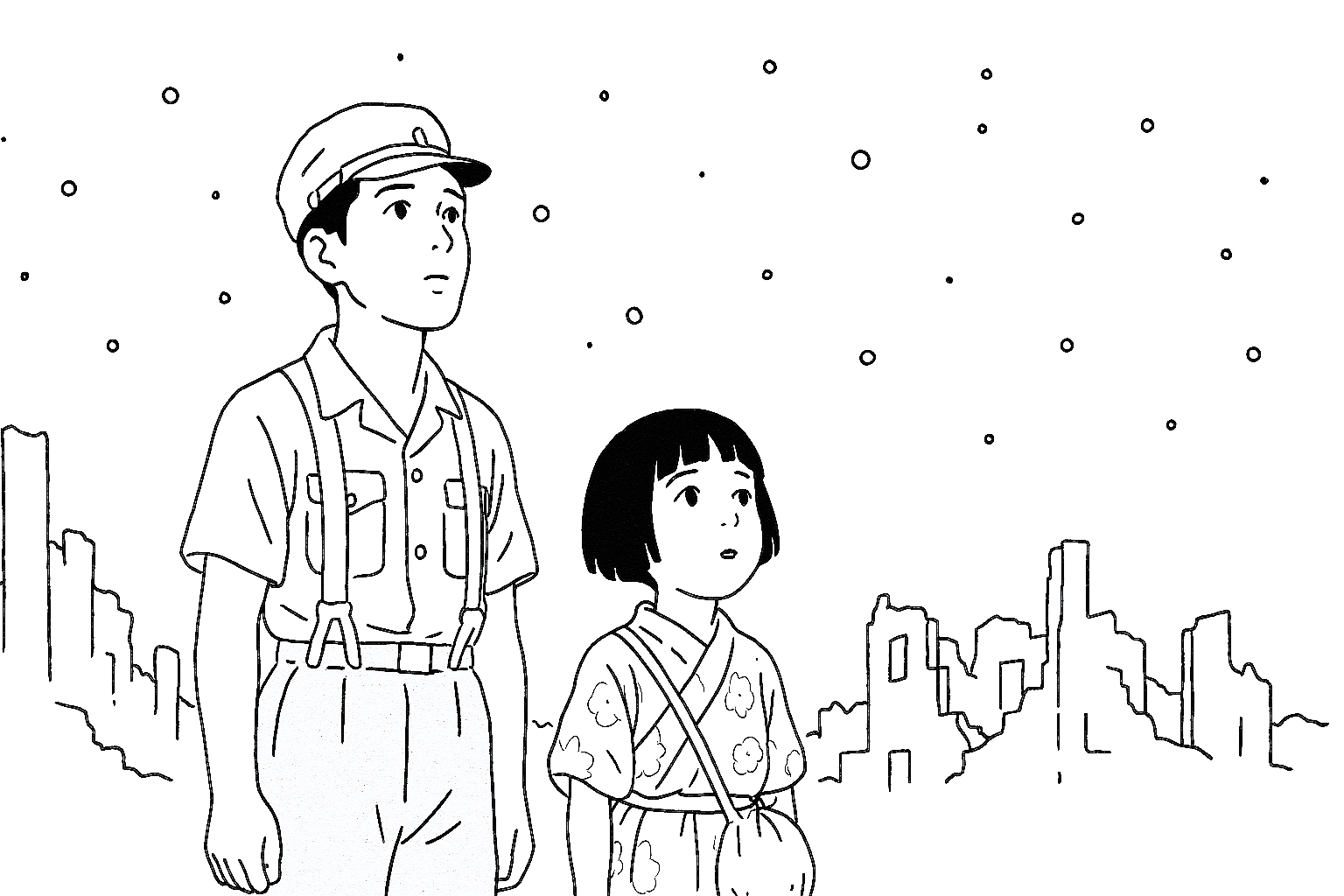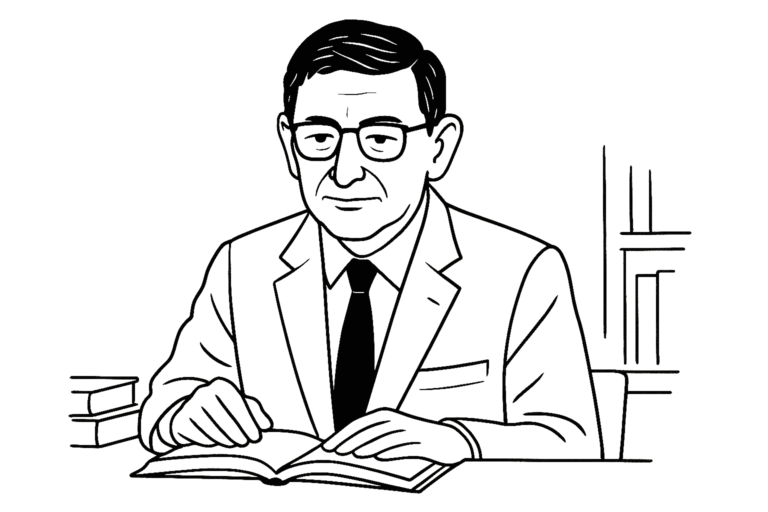The first English translation of Akiyuki Nosaka’s Grave of the Fireflies appeared in 1978, when James R. Abrams tried to capture Nosaka’s long, stream-of-consciousness sentences and the local Kobe dialect. More than forty years later, translator Ginny Tapley Takemori has returned to this landmark of Japanese literature, offering a new translation published in 2025 to mark 80 years since the end of the Second World War.
A Story Born from War and Guilt
Nosaka first wrote Grave of the Fireflies in 1967, and the story won him the prestigious Naoki Prize. It is rooted in his memories of the Kobe firebombing during World War II, though the details differ from his life. The main character, Seita, is drawn as more noble and caring than Nosaka himself had been. In reality, Nosaka carried guilt for his baby sister’s death, which he blamed on not sharing food with her. Writing the story became his way of mourning and atoning.
A Difficult but Powerful Style
The story’s style makes it challenging even for Japanese readers: long, breathless sentences without much punctuation, mixed with the dialect of Kobe. Earlier translations into English tried to reproduce this difficulty, but Takemori takes a different approach. She breaks up the sentences to make the story easier to follow, while capturing the voices of the children and adults rather than reproducing dialect.
What Was Lost and What Was Added
One detail many readers may not know is that an original passage about fireflies gathering over Setsuko’s discarded bones was cut from the published version. Instead, Nosaka ended with Seita shown as one of many nameless war orphans, described with terms that suggest dishonor and loneliness. Nosaka himself compared the story to shinjū (a lovers’ suicide), since the siblings were cut off from society the moment they chose to live apart.
A Translation for Today’s Readers
This new translation of Grave of the Fireflies is aimed at today’s readers, many of whom know the famous Studio Ghibli film. For Takemori, the story is not only about postwar Japan but also a reminder of the ongoing suffering of children in conflicts around the world. Her translation urges us to remember the human cost of war and why it must never be repeated.
The words above are a free interpretation and summary of Ginny Tapley Takemori’s article, “A New Translation of Grave of the Fireflies Commemorates 80 Years Since the End of WWII,” first published on Literary Hub. For a deeper and more meaningful understanding of the subject, we invite you to read the original article here:



